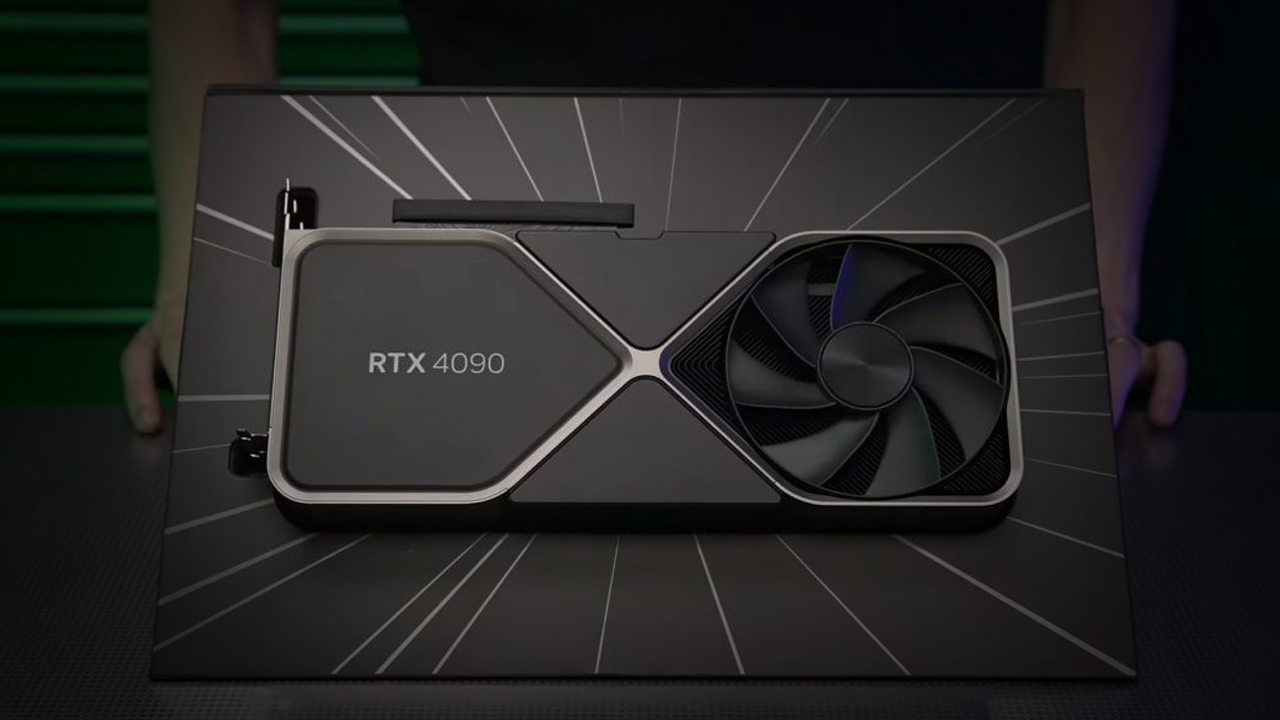If you have made the leap to an NVIDIA RTX 4090 series graphics card you’re probably pretty worried about the notorious power connector melting issue that could strike and wipe out your PC and potentially your house. Thankfully, there are a few ways you can monitor the status of the 16-pin power connector until a better fix becomes available.

Related: How to fix screen flickering when FreeSync or Gsync is enabled.
For as long as most people can remember NVIDIA has held a steady lead over AMD in the graphics card sector, which looks like it will continue for the 40 series launch as well. That said, with NVIDIAs sky-high pricing and quality issues AMD might actually have a good chance at a major comeback. Ultimately though, benchmarks and time will be the deciding factor.
While the new RTX 4090 cards are an impressive leap forward in sheer performance, they do have a few trade-offs and issues that you need to be aware of. The first is obviously the massive increase in power consumption and the second, even more important, is the potential fire and meltdown risk that comes with the 16-pin power connector. Even though this is a well-known issue NVIDIA is still refusing (at the time of writing) to accept responsibility for the issue, blaming user installation for the problems.
After all of the reviews and testing that has been done on the issue, this is such a bizarre stance for the company to maintain on a major issue. So is there anything you can do to lower your risk of RTX 4090 meltdown or fire outbreaks? Thankfully, the answer is yes and the method is a really easy one. Though still not ideal, it's better than nothing.
How do you check if your RTX 4090 16-pin power connector is or will melt and catch fire?
Obviously, the best solution for this problem is to get an aftermarket 16-pin power connector from a different (reliable) source. This will reduce the risk of an RTX 4090 fire or meltdown. However, if that is out of the question there is a way to monitor the situation with software.
Using GPU-Z you can detect and monitor if the notorious 16-pin 12VHPWR adapter that comes with your RTX 4090 is behaving, which is super important given the situation that’s arisen with Nvidia’s adapter. The new version of GPU-Z version 2.51.0 can accurately detect and keep tabs on Nvidia GeForce RTX 4080 and RTX 4090 models in the system and the sensor behind the 16-pin 12VHPWR connector.
IMPORTANT: GPU-Z isn’t going to tell you if you plugged the adapter in correctly/firmly or correctly, But it will monitor and display its power distribution across different phases of your voltage regulating module. Allowing you to catch any potential issues.
It’s important to note that this isn’t a fail-safe solution for this problem. It’s essentially just an early warning system that may help you detect the notorious RTX 4090 meltdown before it happens. Hopefully, NVIDIA addresses this issue properly in the near future, it’s ridiculous that a card so expensive has such a major issue.
Upgraded to an RTX 4090 and are still having flickering issues with Gsync or Freesync enabled?
If you updated your hardware and were expecting to have far fewer issues with black screen tears and screen flicking you are sadly out of luck. NVIDIA drivers are still causing flickering problems when Freesync or Gsync is enabled. While there isn’t a true solution available there are some good methods that can reduce the issue by 95% or more.
How to fix screen flickering when FreeSync or Gsync is enabled.
